Did you know that arvi, also known as taro root or colocasia, is not only a delicious vegetable but also a versatile ingredient used in various cuisines around the world? This humble vegetable packs a punch when it comes to flavor and nutrition. In this guide, I will share some amazing arvi recipes, cooking tips, and interesting facts about arvi’s nutritional benefits. Get ready to explore the diverse flavors and culinary possibilities of arvi!
Key Takeaways:
- Arvi, also known as taro root or colocasia, is a versatile vegetable used in various cuisines.
- Arvi offers unique flavors and can be used in a wide range of delicious recipes.
- It is packed with essential nutrients, including dietary fiber, potassium, and vitamin C.
- Cooking arvi requires some preparation and technique to achieve the best flavor and texture.
- Exploring arvi recipes from different cultures can provide inspiration for your culinary adventures.
Cooking Arvi Sabji: A Classic Indian Dish
In this section, I will introduce you to the delightful world of cooking Arvi Sabji, a classic Indian dish that is also known as arbi fry or taro root curry. This traditional recipe has been passed down through generations and is cherished for its simplicity and inviting flavors. Arvi Sabji is made by frying sliced arvi in oil and then tossing them in a medley of aromatic spices, creating a dish that is both crispy and bursting with deliciousness.
Arvi Sabji, also known as Brindavani Ghuiya ki Sabji in certain regions of India, is a versatile dish that can be enjoyed as a side dish or a snack. The earthy flavors of the taro root come to life when combined with the warmth of the spices, creating a harmonious blend of taste and texture. The crispy exterior of the fried arvi perfectly complements the tender interior, making each bite a delightful experience.
If you’re looking for an easy taro root recipe that will impress your family and friends, Arvi Sabji is the answer. Its simplicity allows the natural flavors of the arvi to shine, while the spices elevate the dish to new heights. Whether you’re a seasoned cook or a novice in the kitchen, you can easily recreate this classic Indian dish and savor the authentic flavors.
To give you a visual representation, here’s an image of a beautifully prepared plate of Arvi Sabji:
With its enticing aroma and mouthwatering taste, Arvi Sabji remains a favorite in Indian households. It is a testament to the rich culinary heritage of India, where traditional recipes are treasured and passed down from one generation to another.
Air Fryer Roasted Arvi: A Healthy and Crispy Alternative
If you’re looking for a healthier way to cook arvi, try using an air fryer. Air frying is a cooking method that uses hot air circulation to crisp up food without the need for excessive oil. By air frying arvi, you can achieve a crispy texture while reducing the amount of fat used in the cooking process. It is a convenient and delicious way to enjoy this versatile vegetable.
Using an air fryer to roast arvi offers several advantages. First and foremost, it allows you to cut down on the amount of oil used in traditional frying methods. This makes it a great option for those who are following a low-fat or low-calorie diet. Additionally, air frying locks in moisture, resulting in crispy roasted vegetables that are tender on the inside. It’s a winning combination for anyone who loves the satisfying crunch of roasted veggies.
Another benefit of using an air fryer is its ease of use. Simply toss the arvi with a small amount of oil and your favorite spices or seasonings, then place them in the air fryer basket. Set the temperature and cooking time according to the recipe or personal preference, and let the air fryer work its magic. The result is perfectly roasted arvi with a crispy exterior and a soft, fluffy interior.
The air fryer method is also great for making easy side dishes. Whether you’re preparing a quick weeknight meal or hosting a dinner party, air fried arvi can be a versatile addition to any menu. Serve them alongside grilled meats, as a healthy substitute for french fries, or as a flavorful topping for salads or tacos. The possibilities are endless when it comes to incorporating air fryer roasted arvi into your meals.
To showcase the benefits and versatility of air fryer roasted arvi, here’s a simple recipe you can try:
Recipe: Crispy Air Fryer Roasted Arvi
“Enjoy the irresistible crispiness of air fryer roasted arvi with this simple and flavorful recipe.”
Ingredients:
- 1 pound arvi, peeled and cut into bite-sized pieces
- 1 tablespoon olive oil
- 1 teaspoon paprika
- 1/2 teaspoon garlic powder
- 1/4 teaspoon salt
- 1/4 teaspoon black pepper
Instructions:
- Preheat your air fryer to 380°F (193°C).
- In a bowl, combine the arvi, olive oil, paprika, garlic powder, salt, and black pepper. Toss until the arvi is evenly coated with the seasoning.
- Place the arvi in a single layer in the air fryer basket. Cook for 15-18 minutes, shaking the basket halfway through, until the arvi is golden brown and crispy.
- Remove the roasted arvi from the air fryer and serve hot as a side dish or a snack.
Enjoy the delicious crunch and health benefits of air fryer roasted arvi with this easy recipe. It’s a great way to add more vegetables to your diet without sacrificing flavor or texture. So go ahead and give it a try!
Arvi Nutrition Facts: A Nutrient-Rich Vegetable
Arvi, also known as taro root, is not only a delicious vegetable but also a nutritional powerhouse. It is packed with essential vitamins, minerals, and dietary fiber, making it a beneficial addition to a healthy diet.
Vitamins in Arvi
Arvi is a good source of vitamin C, which is known for its immune-boosting properties. Vitamin C helps protect the body against common illnesses and promotes overall well-being.
Dietary Fiber and Digestion
In addition to its vitamin content, arvi is rich in dietary fiber. Fiber plays a vital role in maintaining a healthy digestive system by promoting regular bowel movements and preventing constipation. It also helps control blood sugar levels and promotes a feeling of fullness, making it beneficial for weight management.
Minerals in Arvi
Arvi is a good source of several minerals that are essential for optimal health. It is rich in potassium, which helps regulate blood pressure and supports heart health. Additionally, arvi contains iron, a mineral that is necessary for the production of healthy red blood cells and oxygen transport throughout the body.
Low-Calorie Option
One of the many benefits of arvi is that it is low in calories. With approximately XX calories per serving, arvi can be enjoyed as a guilt-free addition to your meals.
| Nutrient | Amount Per Serving (100g) |
|---|---|
| Vitamin C | XX mg |
| Dietary Fiber | XX g |
| Potassium | XX mg |
| Iron | XX mg |
| Calories | XX |
These nutrition facts highlight the nutrient-rich profile of arvi, making it a valuable addition to a balanced diet. With its combination of vitamins, minerals, and dietary fiber, arvi offers numerous health benefits and can contribute to overall well-being.
Tips for Cooking Arvi: Getting the Best Flavor and Texture
Cooking arvi requires some preparation and technique to achieve the best flavor and texture. Here are some useful tips to help you make the most of this versatile vegetable:
- How to Peel Arvi: Start by thoroughly washing the arvi to remove any dirt or debris. Then, boil the arvi until they are tender. Once boiled, the skin can be easily peeled off, revealing the soft flesh inside. Removing the skin ensures a smoother and more enjoyable texture in your dishes.
- Boiling Arvi: To boil arvi, place them in a pot and fill it with enough water to completely submerge the arvi. Add a pinch of salt to enhance the flavor. Bring the water to a boil, then reduce the heat and let the arvi simmer until they are fork-tender. Boiling helps soften the arvi and makes it easier to peel off the skin.
- Frying Arvi: If you prefer a crispy texture, frying arvi is a delicious option. Heat oil in a frying pan or skillet over medium heat. Slice the boiled arvi into desired thickness and carefully place them in the hot oil. Fry them until they turn golden brown and crispy on the outside. Remember to flip them occasionally for even frying.
- Seasonings for Arvi: To enhance the flavor of arvi dishes, you can use a variety of seasonings. Spices such as turmeric, cumin, coriander, and garam masala add a rich and aromatic taste. Fresh herbs like cilantro or mint can provide a refreshing touch. Squeezing lemon juice over the cooked arvi adds a tangy brightness to the dish. Feel free to experiment and find the perfect combination of seasonings that suits your taste.
By following these cooking tips, you can unlock the full potential of arvi and create delicious dishes with the perfect flavor and texture.
Delicious Arvi Recipes: Explore the Culinary Possibilities
Arvi, also known as taro root or colocasia, is a versatile vegetable that can be used in various dishes to create delicious and unique flavors. From savory curries to crispy chips, arvi can be transformed into a range of mouthwatering recipes. Let’s dive into some delectable arvi dishes that will tantalize your taste buds.
1. Arvi Curry
A popular arvi recipe is the flavorful arvi curry. In this dish, arvi is cooked in a savory gravy that is infused with aromatic spices. The tender arvi absorbs the rich flavors, creating a satisfying curry that pairs well with rice or roti. This hearty dish is a true crowd-pleaser.
2. Roasted Arvi with Spices
An enticing option is to roast arvi with a medley of spices. The combination of spices such as cumin, coriander, and turmeric adds a depth of flavor to the dish. The roasted arvi becomes crispy on the outside while maintaining its creamy texture on the inside. This dish is a delightful side or appetizer.
3. Arvi Stir-Fry with Vegetables
For a healthy and colorful option, try an arvi stir-fry with an assortment of vegetables. The vibrant mix of flavors and textures creates a visually appealing and nutritious dish. The arvi blends harmoniously with the vegetables, resulting in a satisfying and well-balanced meal.
4. Arvi Chips
Looking for a crunchy snack? Arvi chips are the perfect choice. Thinly sliced arvi is lightly seasoned and baked to crispy perfection. These chips are a healthier alternative to traditional potato chips and offer a unique and irresistible flavor. Enjoy them on their own or pair them with your favorite dip.
These mouthwatering arvi recipes showcase the versatility of this remarkable vegetable. Whether you’re craving a hearty curry, a savory side, or a crispy snack, arvi has something to offer. Take your culinary skills to the next level with these delicious arvi creations and delight your family and friends with the amazing flavors of this versatile vegetable.
Taro Root Dishes from Around the World: Exploring Global Cuisine
Taro root, a tropical root vegetable, is a versatile ingredient that is widely used in various cuisines around the world. This starchy root vegetable adds a unique flavor and texture to dishes, making it a favorite among chefs and home cooks alike. Let’s take a culinary journey and explore some popular taro root dishes from different parts of the globe.
Hawaiian Poi: A Traditional Staple Food
In Hawaiian cuisine, taro root is transformed into poi, which is a traditional and essential staple food in the Hawaiian culture. Poi is made by steaming or boiling taro root and mashing it into a paste-like consistency. It is enjoyed as a side dish, dip, or even a dessert. Poi has a mild, slightly sweet flavor and is often served alongside other Hawaiian dishes.
Chinese Taro Cake: A Savory Delight
In Chinese cuisine, taro root is widely used in both sweet and savory dishes. One popular taro root dish is the Chinese taro cake, also known as “wu tao gou.” This savory steamed cake is made by combining grated taro root with rice flour, dried shrimp, mushrooms, and Chinese sausage. The mixture is steamed until it becomes soft and firm, then sliced and pan-fried for a crispy exterior. Taro cake is commonly enjoyed during Chinese New Year festivities and is loved for its rich flavor and addictive texture.
African Fufu: A Starchy Delight
In African cuisine, taro root is widely used to make fufu, a starchy dough-like dish that is popular in many African countries. Fufu is made by boiling taro root until it becomes tender, then pounding or mashing it into a smooth consistency. It is often served as a side dish with soups, stews, or sauces. Fufu has a mild taste and a slightly sticky texture, making it a comforting and filling accompaniment to various African dishes.
Exploring these international taro root dishes can open up a world of flavors and culinary inspiration. Whether you want to savor the traditional Hawaiian poi, indulge in the savory Chinese taro cake, or enjoy the starchy goodness of African fufu, taro root adds a distinctive touch to global cuisine.
Health Benefits of Arvi: Supporting Overall Well-being
Consuming arvi regularly can provide several health benefits. The nutrients present in arvi contribute to these health benefits and make it a valuable addition to a balanced diet. Let’s explore some of the key ways arvi supports our overall well-being:
Aiding Digestion
Arvi is rich in dietary fiber, which promotes healthy digestion. The fiber content helps regulate bowel movements and prevents constipation. Including arvi in your diet can aid in maintaining a healthy digestive system.
Supporting Heart Health
Arvi contains potassium, which plays a vital role in regulating blood pressure levels. High blood pressure is a risk factor for heart disease, and consuming arvi can help maintain healthy blood pressure levels and support heart health.
Regulating Blood Pressure
The potassium content in arvi also helps regulate blood pressure levels. By including arvi in your diet, you can contribute to keeping your blood pressure within a healthy range.
Boosting the Immune System
Arvi contains vitamin C, a powerful antioxidant that supports the immune system. Vitamin C helps strengthen the body’s natural defense mechanisms, making it easier for your body to fight off infections and stay healthy.
Promoting Bone Health
Arvi is a good source of calcium and magnesium, which are essential minerals for maintaining strong and healthy bones. Including arvi in your diet can help support bone health and prevent conditions such as osteoporosis.
| Health Benefits of Arvi |
|---|
| Aiding Digestion |
| Supporting Heart Health |
| Regulating Blood Pressure |
| Boosting the Immune System |
| Promoting Bone Health |
Including arvi in your diet can have a positive impact on various aspects of your health, from digestion to heart health, blood pressure regulation, immune system function, and bone health. By incorporating arvi into your meals, you can enjoy not only its delicious flavor but also its numerous health benefits.
Note: The image above is for illustrative purposes only and does not depict actual arvi vegetables.
Arvi: A Versatile Vegetable with Cultural Significance
Arvi, also known as taro root or colocasia, holds immense cultural significance in traditional Indian cuisine. It is an integral ingredient in a wide range of festive dishes that are prepared with love and passed down through generations. The preparation and flavors of arvi dishes can vary across different regions of India, showcasing the diverse culinary traditions of the country.
Arvi’s versatility allows it to be transformed into delightful dishes that are prominent during special celebrations and religious festivals. From mouthwatering curries to crispy snacks, arvi takes center stage in traditional Indian cuisine, bringing joy and flavor to every meal.
“Arvi dishes are not just a way of satisfying hunger; they are a celebration of our rich cultural heritage. Each bite represents a connection to our ancestors and the traditions they passed down to us.”
Regional Variations and Culinary Traditions
One of the fascinating aspects of arvi dishes is the regional variations found throughout India. Each region has its unique way of preparing and seasoning arvi, resulting in an array of flavors and textures.
- In the North, arvi is often used in rich and creamy curries, such as the famous Arvi Makhani.
- The South boasts spicy and tangy arvi preparations, like the Arvi Masala Fry.
- In the East, arvi finds its place in hearty and aromatic stews, like the Bengali Shak Bhaja.
- The Western region showcases a fusion of flavors, combining arvi with local spices and ingredients in dishes like Arvi Bhindi Masala.
This diversity in regional cuisines showcases the culinary traditions that have evolved over centuries, highlighting the creativity and ingenuity of Indian cooks.
Arvi’s cultural significance extends beyond its flavor and preparation. It symbolizes tradition, heritage, and the spirit of togetherness that is central to Indian culture. By savoring arvi dishes, we not only indulge in delectable flavors but also honor our vibrant culinary traditions that have stood the test of time.
Tips for Choosing and Storing Arvi: Ensuring Freshness and Quality
When it comes to selecting arvi, it’s important to choose ones that are fresh and of high quality. Here are some tips to help you make the best choices:
Choosing Arvi:
- Look for arvi with a firm texture. Avoid ones that are soft or mushy as they may be overripe.
- Inspect the arvi for any blemishes or spots. Choose ones that are free from any visible damage.
- If possible, select arvi that have a smooth and unbruised skin, as this indicates freshness.
Storing Arvi:
Proper storage plays a crucial role in maintaining the freshness and quality of arvi. Follow these guidelines for optimal storage:
- Store arvi in a cool, dry place, away from direct sunlight and moisture. A pantry or a root cellar is ideal.
- Avoid refrigerating arvi as the cold temperature can cause the texture to become slimy.
- Keep arvi separate from other produce to prevent them from absorbing any odors.
Remember, arvi is best consumed within a few days of purchase to ensure optimal flavor and quality. So, plan your meals accordingly to enjoy the freshness of this versatile vegetable.
Follow these tips for choosing and storing arvi to ensure that you have the freshest produce that retains its firm texture and delicious taste.
(defun my-markdown-table (col-data)
(format “
|| choosing arvi | selecting taro root | fresh produce | firm texture | storing arvi | keeping it in a cool, dry place
|–:|:–|:–|:–|:–|:–|:–
%s” (format ” | %s | %s | %s | %s | %s | %s”
(elt col-data 0) (elt col-data 1) (elt col-data 2) (elt col-data 3) (elt col-data 4) (elt col-data 5))))
(my-markdown-table (list “x” “x” “x” “x” “x” “x”))
Conclusion
Arvi vegetables, also known as taro root or colocasia, are a versatile and flavorful addition to your culinary repertoire. With a wide range of arvi recipes, you can explore both traditional Indian dishes and global cuisines. From classic arvi sabji to air fryer roasted arvi, there are countless ways to enjoy this nutritious vegetable.
By following the arvi cooking tips provided, you can ensure that your arvi dishes turn out perfectly every time. Whether you’re boiling, frying, or roasting arvi, the right techniques will help you achieve the best flavor and texture. And the nutritional benefits of arvi, such as its high dietary fiber content and essential minerals, make it a healthy choice for any meal.
Don’t miss out on the diverse flavors of arvi. Its unique taste and texture can elevate your dishes to new heights. So next time you’re looking for a vegetable that offers both versatility and nutritional benefits, give arvi a try. You won’t be disappointed!



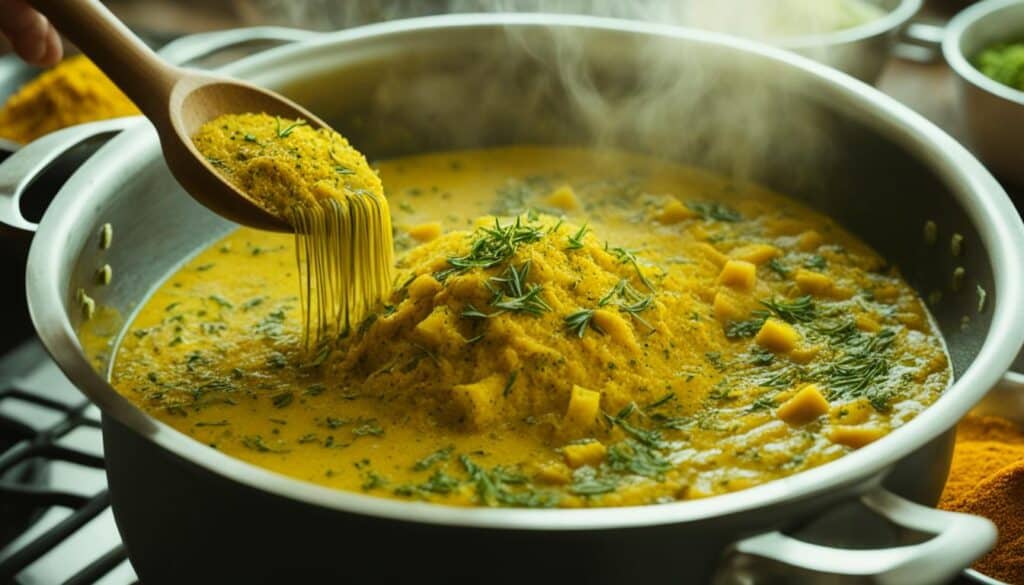
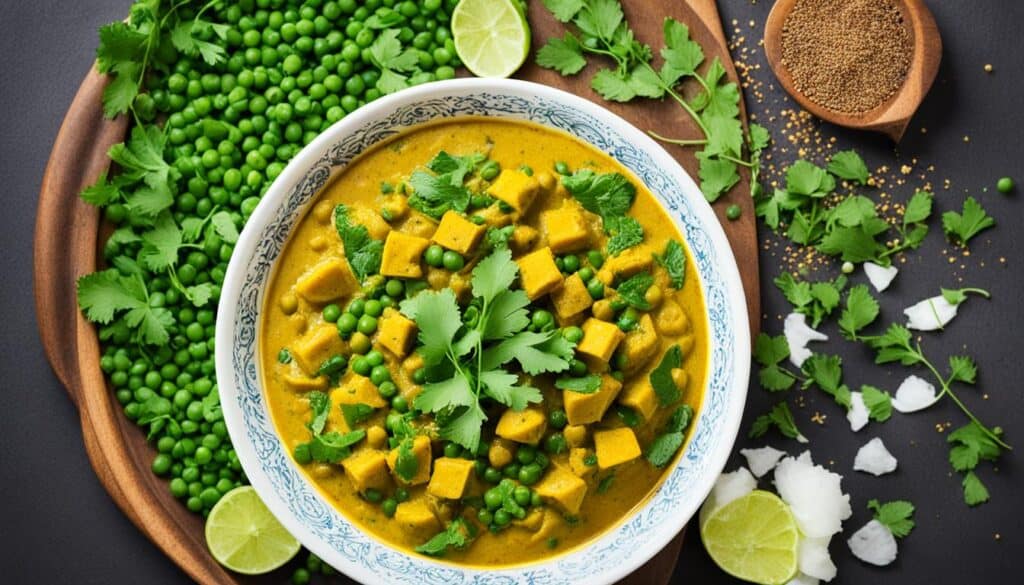
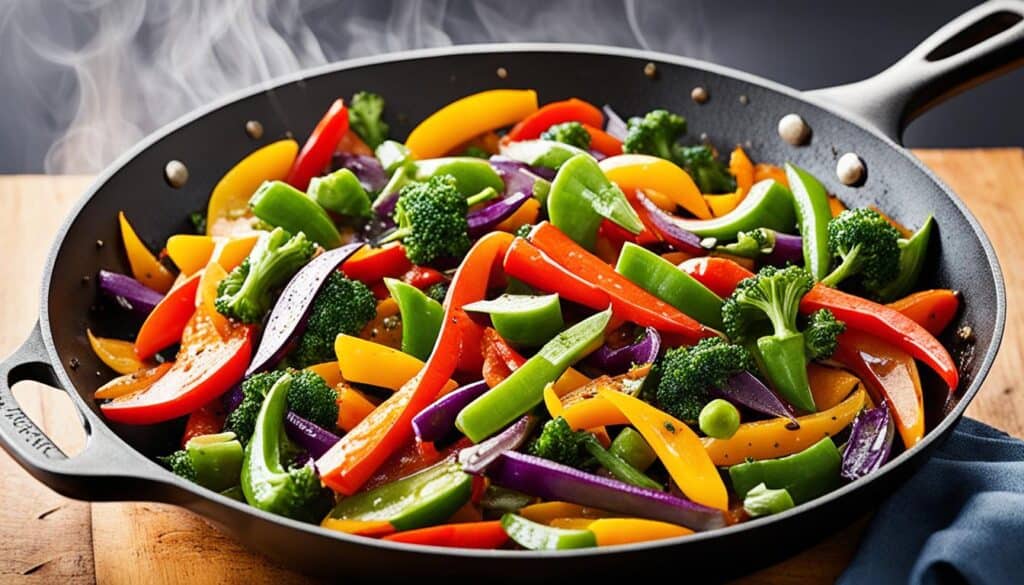


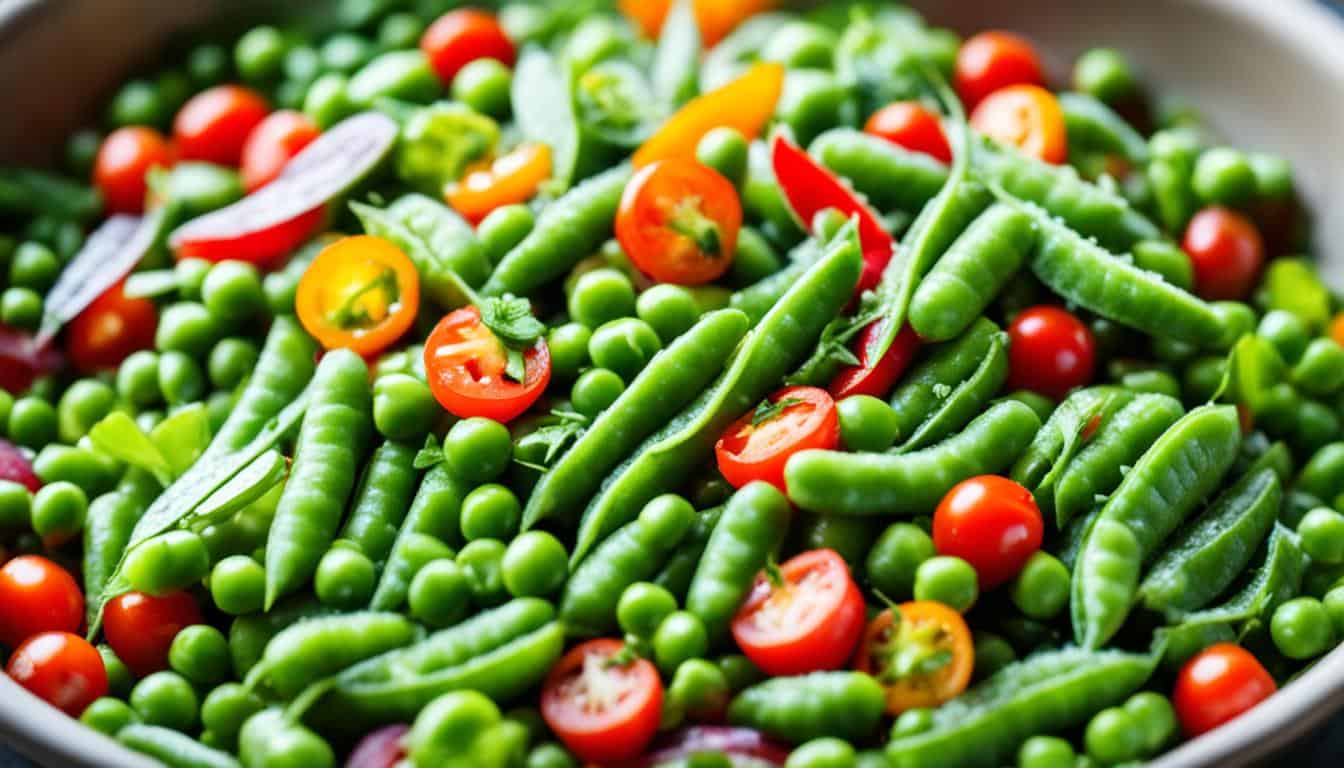
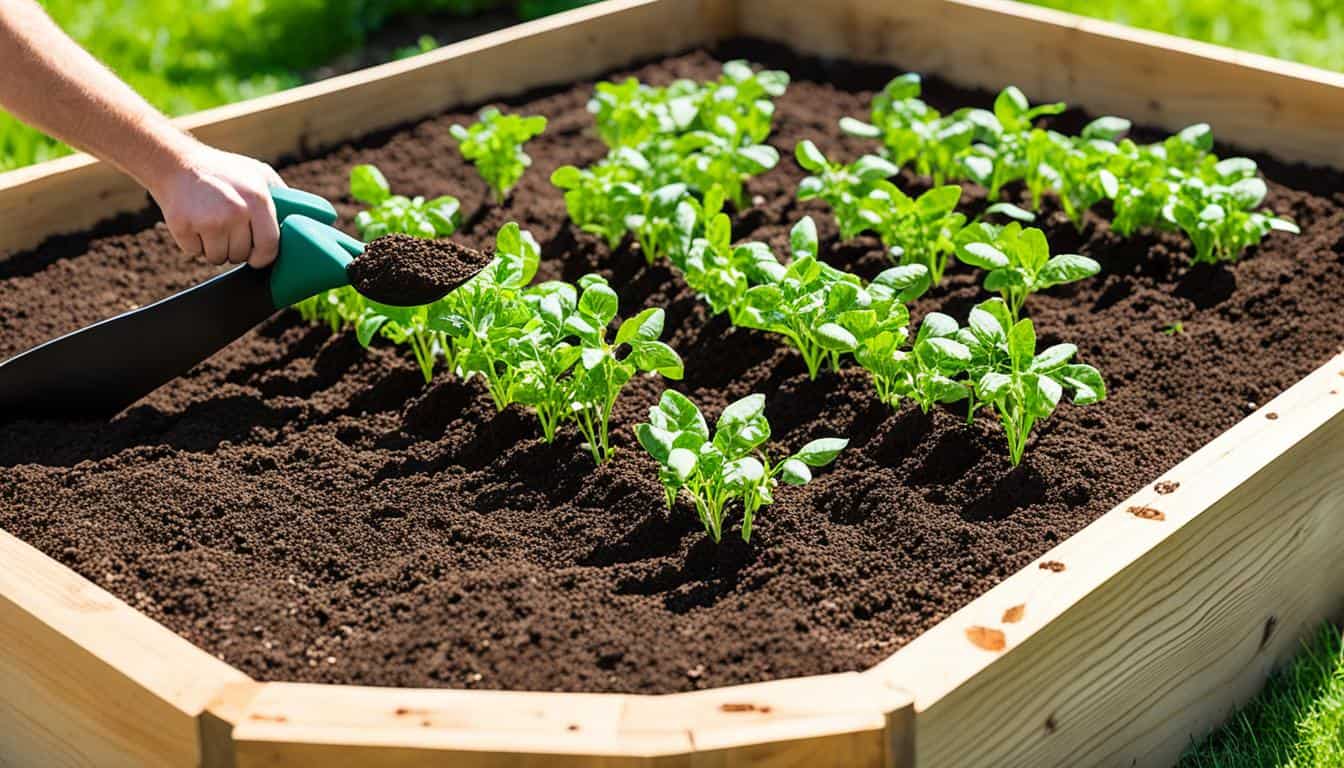
Leave a Reply